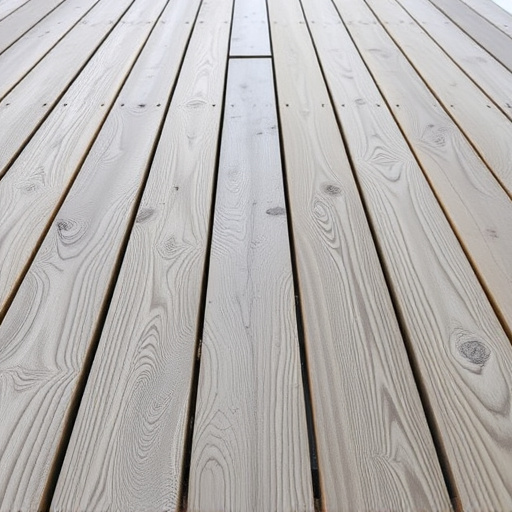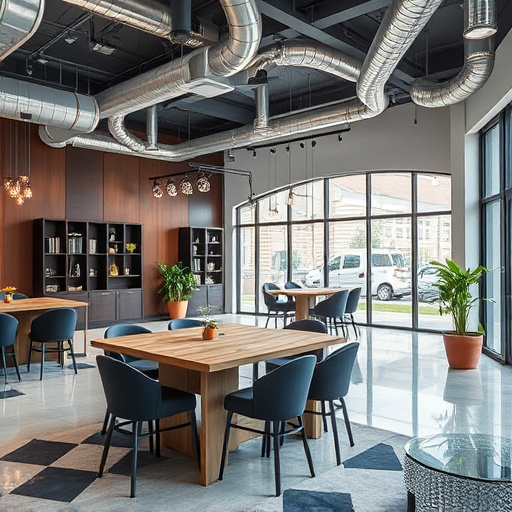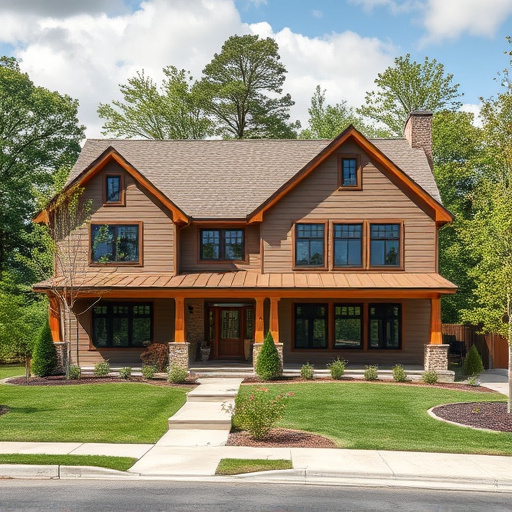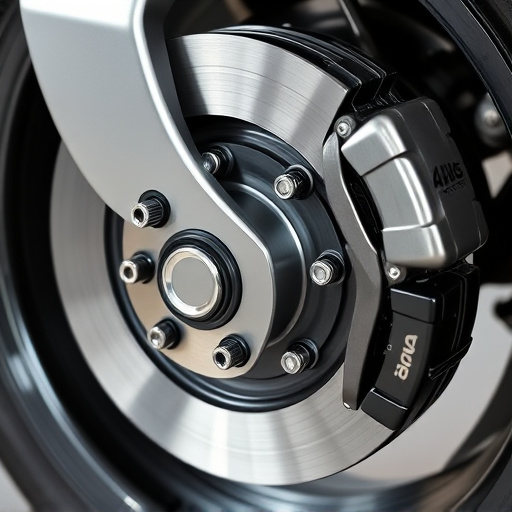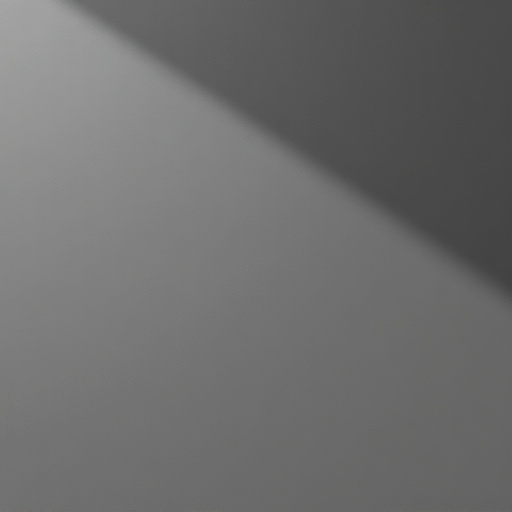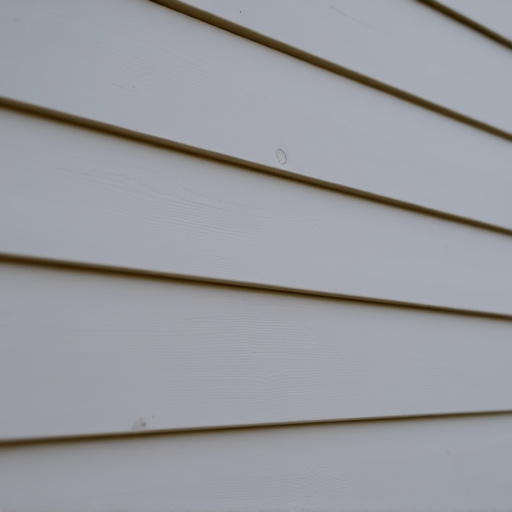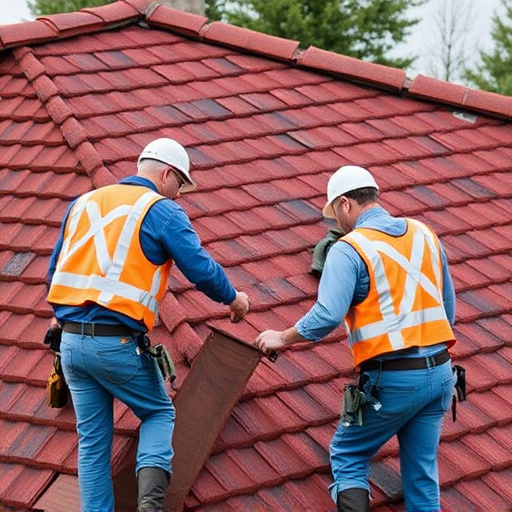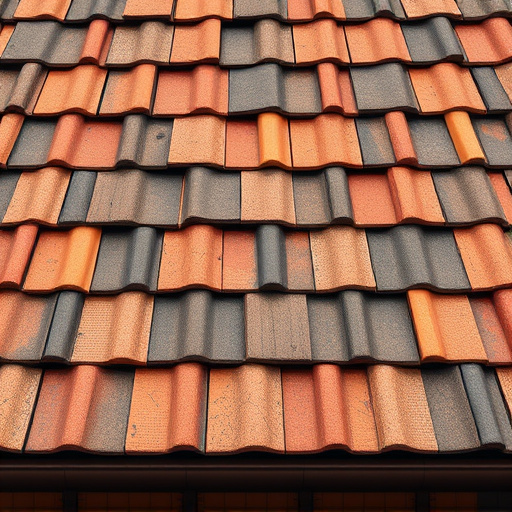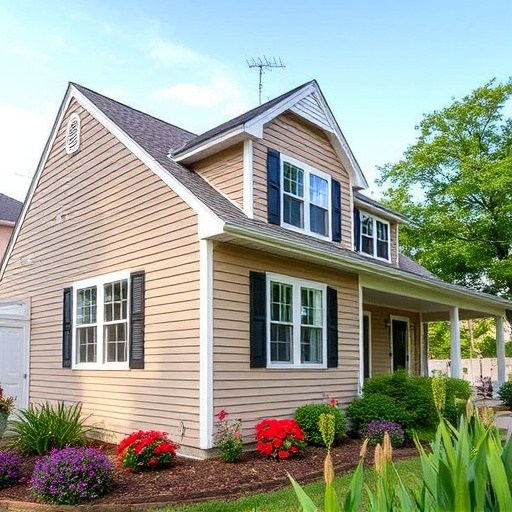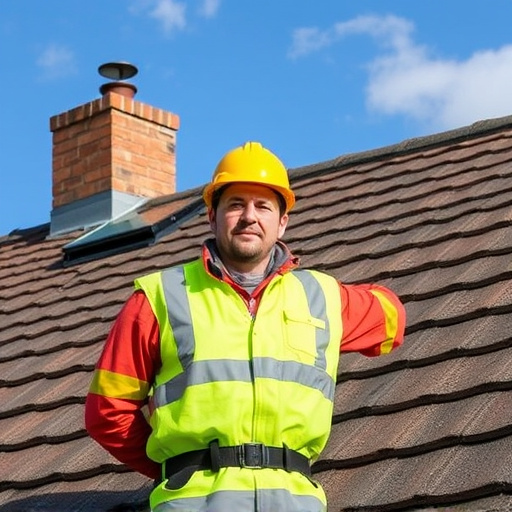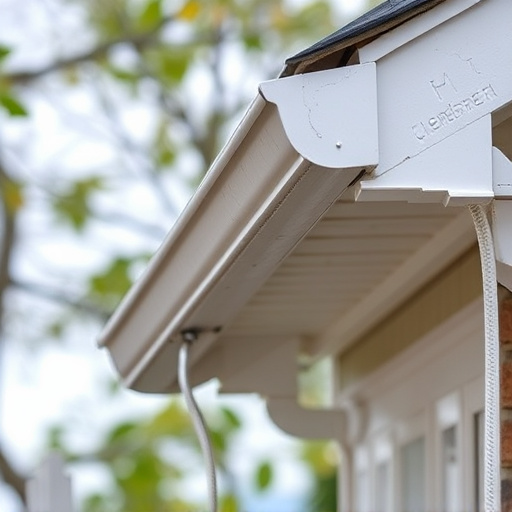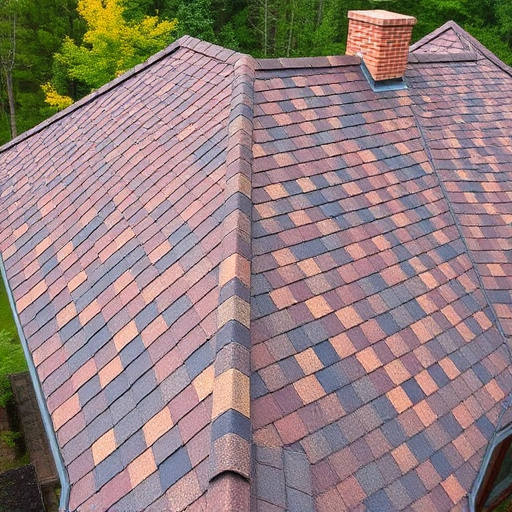When choosing exterior siding, durability is key. Vinyl siding is superior for resistance to harsh weather, low maintenance, and cost-effectiveness compared to wood siding which, though aesthetically pleasing, has a shorter lifespan due to moisture-related issues. Homeowners must weigh vinyl's long-term protection with minimal upkeep against wood's longer lifespan but higher maintenance demands. Consider the trade-offs between low-maintenance vinyl (30-50 years) and wood (over 50 years) based on your home's specific needs and budget.
When it comes to enhancing your home’s curb appeal and protecting its structure, choosing the right exterior siding is paramount. This article delves into the timeless debate between vinyl and wood siding, offering a comprehensive comparison based on durability, aesthetics, cost, and installation. Discover which material stands the test of time, aligns with diverse architectural styles, and provides both beauty and long-term savings. Make an informed decision about your exterior siding options today.
- Durability and Longevity of Vinyl vs Wood
- – Comparison of material resistance to weathering, fading, and cracking
- – Lifespan expectations and maintenance requirements for each option
Durability and Longevity of Vinyl vs Wood
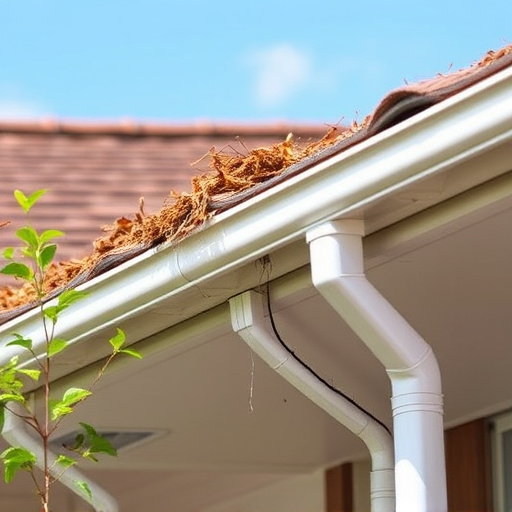
When comparing exterior siding options, durability and longevity are key factors to consider. Vinyl siding stands out for its exceptional resilience against harsh weather conditions, including heavy rain, snow, and strong winds. It’s less prone to warping, cracking, or breaking compared to wood siding, making it a more sustainable choice in the long run. Unlike wood, vinyl doesn’t require frequent repairs or replacements, saving homeowners time and money on maintenance.
Wood siding, while aesthetically pleasing, offers a shorter lifespan when exposed to the elements. It’s susceptible to moisture absorption, leading to rot, mold, and mildew issues over time. Regular painting, sealing, and maintenance are necessary to preserve wood siding, which can be costly and time-consuming. In contrast, vinyl requires minimal upkeep, making it an attractive option for homeowners seeking a low-maintenance exterior siding solution that offers the durability comparable to commercial roofing services and roof consulting expertise.
– Comparison of material resistance to weathering, fading, and cracking
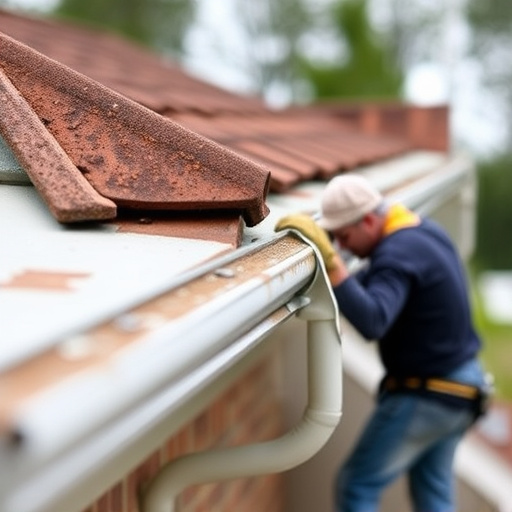
When comparing exterior siding options like vinyl and wood, material resistance to weathering, fading, and cracking is a key factor for homeowners considering residential roofing and siding. Vinyl siding is known for its superior durability against environmental elements, resisting rot, warping, and fading better than wood over time. This low-maintenance option requires minimal roof repair or replacement, making it a cost-effective choice for long-term exterior protection.
On the other hand, wood siding offers a natural aesthetic appeal that vinyl cannot match. However, it is susceptible to weathering, fading, and cracking due to exposure to sun, rain, and temperature fluctuations. Regular maintenance, including painting or staining, is necessary to preserve wood siding’s appearance and protect against damage. Unlike vinyl, wood may require more frequent roofing and siding repairs over its lifespan, impacting both residential roofing costs and overall curb appeal.
– Lifespan expectations and maintenance requirements for each option
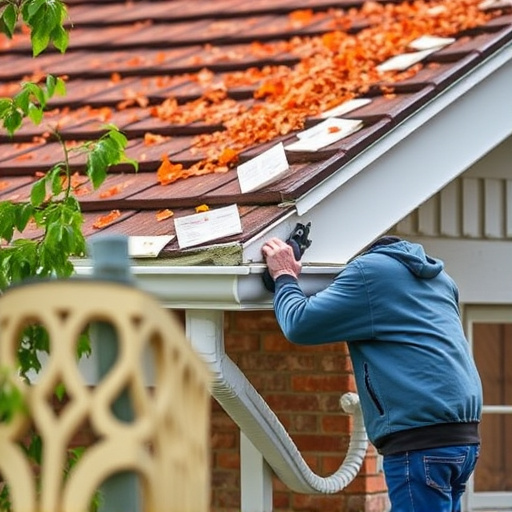
When considering exterior siding options for your home, understanding the lifespan and maintenance needs of each material is essential. Vinyl siding, a popular choice due to its low cost and ease of installation, typically lasts around 30-50 years before showing significant signs of wear and tear. With minimal upkeep required, including no painting or sealing, it’s an attractive option for busy homeowners. However, vinyl may not offer the same level of protection against extreme weather conditions compared to wood, and it can be susceptible to damage from impact events like falling branches.
On the other hand, wood siding boasts a longer lifespan, often exceeding 50 years with proper care. It provides excellent insulation and natural resistance to moisture, making it suitable for various climates. However, wood requires regular maintenance such as painting or sealing every few years to protect against rot, pests, and weather damage. Homeowners considering wood siding should also factor in potential siding repairs and replacement costs over time, especially in regions prone to harsh winters or frequent storms. Despite these maintenance demands, many appreciate the aesthetic appeal and timeless look that wood siding offers.
When choosing an exterior siding option, both vinyl and wood offer unique advantages. Vinyl stands out for its superior durability against weathering, fading, and cracking, along with minimal maintenance requirements. Wood, on the other hand, adds natural aesthetic appeal and can be more easily repaired or replaced in damaged sections. Ultimately, the best choice depends on your climate, personal style, and budget. Consider these factors to select the ideal exterior siding that enhances your home’s beauty and value for years to come.
